
BRENDAN GALLAGHER remembers that wonderful Junior Wallaby side that boasted a fabulous trio…
Forty years ago, this month a group of shivering young Aussies in oversized duffle coats slipped into the country unannounced. By the time they left seven weeks later they were hailed as the most innovative side, senior or junior, to visit these shores and there are some who would maintain that is still the case.
The Australian Schools side of 1977-78 has gone down in legend, mainly for the way the three Ella brothers – Gary, Glen and Mark who played together in the Matraville School XV in Sydney – combined with extraordinary telepathic understanding behind the scrum.
The squad boasted such strength in depth that future Rugby League legend Wally Lewis rarely made the starting fifteen. Tony Melrose, considered an outstanding League prospect, was converted to Union just in time to make the turn. Michael O’Connor was another huge star of the future – in Union and League – while Tony D’Arcy, Shane Nightingale, Chris Roche and Dominic Vaughan also became notable Wallabies, and Michael Hawker captained the national team.
Meanwhile the razor sharp, quick witted young hooker called Edward Jones – also from the remarkable Matraville team – just missed out on selection. Whatever happened to him, by the way.
Future Wallaby Lloyd Walker, Matraville’s skipper, was another to miss out on selection. Perhaps the Aussie schools coach Geoff Mould, also the Matraville coach, just couldn’t justify in his mind taking any more players from his own team.
The Aussie Schools played a brand of rugby that blew away all opponents except a dogged Ireland team at a drenched Thomond Park and produced a template of short, lightning quick passing in midfield and loops behind that re-energised Australian rugby over the next decade and to a large extent still holds good today. On tour they scored 110 tries to six, despite encountering a bitterly cold, wet and foggy winter.
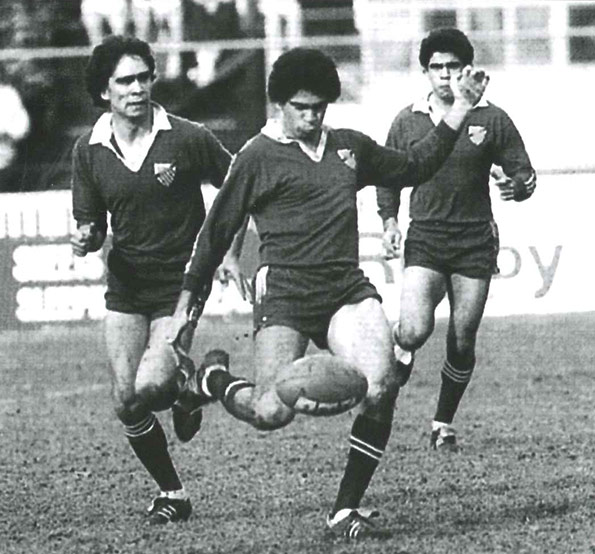
Fly-half general: Mark Ella
Many of those involved had played both Rugby Union and League at school or at their local clubs and, in the more innocent arena of schools rugby, what we saw 40 years ago was Rugby Union’s first effort to accept that League had much to offer, and to learn from it.
On tour kicking was allowed only in extremis and, indeed, unnecessary kicking from hand was likely to result in a player being dropped. It was all about handling, speed across the ground, support play and set piece excellence.
Following their first game in England, at the Stoop, former England great C N Lowe quickly decided Mark Ella was the best fly-half he had ever seen and, a retired man of comfortable means, travelled far and wide to watch the Aussies on tour, thrilling at the rugby they played.
JBG Thomas on the Western Mail opined that Glen was a miraculous full-back and genius “who could do no wrong with the ball in his hands with every movement underplayed by a natural grace that belied the difficulty of what he is doing”. And despite all that it was the ‘kid’ Gary, used mainly at centre, who was voted player of the tour.
The best surviving footage of the tour comes from that Wales match and is on Youtube for everybody to enjoy. Their patterns still look incredibly modern and contemporary behind the scrum 40 years on.
It had all started rather inauspiciously with the final of the Australian Schools Regional Championship – New South Wales First XV v New South Wales Second XV– doubling as a final trial for tour selection. Gary Ella played for the Firsts, Mark and Glen for the Seconds, and it was very frosty between them at a function the previous night. Come the day and the match was a shocker, with the New South Wales second string winning 6-3 thanks to two penalties from Mark. Absolutely no hint at the glories ahead.

The Australian Schools celebrate the win over England
Although all three Ellas were selected for the tour is seemed most unlikely they could all raise the A$750 each required to fund the trip … until right at the death a mysterious benefactor named Harry Ella – same surname but not a relative known to them – sent a cheque to the school covering the total cost. The Ellas left a thank you letter with the school to try and forward but he was never traced.
A fitness camp at Waverley followed and in no time the squad, consisting of 29 players, were off on what was a big and expensive gamble for Australian Rugby. Union was almost disappearing, and the Wallabies hadn’t even played a senior Test that year. Union’s very existence as a significant sport in Australia was in doubt.
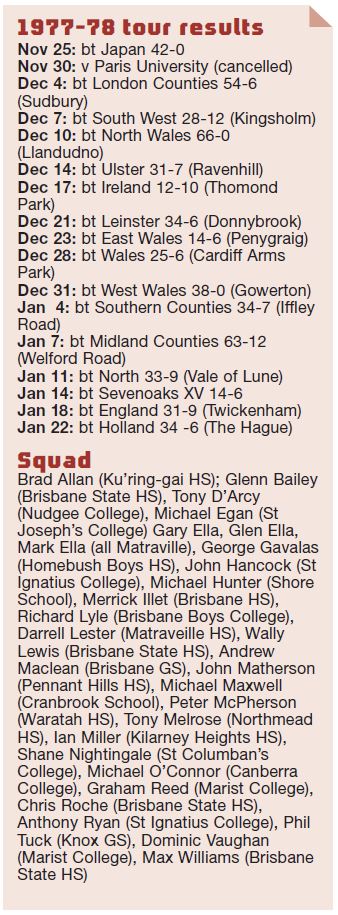 The squad travelled to Europe via Japan where they stopped off for a game against Japanese Schools that was televised live, a match they started slowly before hitting top gear to win 42-0. A long flight to London via Moscow followed before a late night ferry to Calais and drive to Paris where a Paris University U21 team lay in wait.
The squad travelled to Europe via Japan where they stopped off for a game against Japanese Schools that was televised live, a match they started slowly before hitting top gear to win 42-0. A long flight to London via Moscow followed before a late night ferry to Calais and drive to Paris where a Paris University U21 team lay in wait.Except that all of Europe – and indeed most of Britain – was experiencing a bitter winter and a deep frost settled before the evening fixture under floodlights. The sensible decision was made to abandon and head for the University bar where a big session ensued. The Aussie management kept their team on a loose rein.
As always happens, because of the differing school years, the 1977-78 Aussies tended to be about six months older than the opposition while it worked in reverse for British and Irish teams when they toured Down Under. Most of the Australians had turned 18, indeed most of them had left school a couple of weeks earlier, so legally there was no reason why they couldn’t enjoy a few beers. And anyway it was the 70s when people weren’t so hung up about such things.
The tour proper started with a bang with a phenomenal 54-6 win over the perennially strong London Counties and the South East at the Stoop which sent a chill down the backs of prospective opponents.
There was no stopping these guys as they let rip from the kick off and the only time they looked human was when the mud of Thomand Park and a blood and guts effort from the Irish Schools’ pack made a real contest of their game before the Aussies squeezed home 12-10.
The schedule was remorseless but at least that ensured there was little time for homesickness. Between December 21-31 they played four Yuletide matches including a 25-6 win over Wales at Cardiff Arms Park when they took a while to warm up against a spirited Wales side. The wait was worthwhile though with Australia eventually engaging top gear to score five sumptuous tries.
There were a few high jinks, in fact rather more than that, during the Christmas period mind, when they were put up in vacant huts at RAF St Athans. Bored and missing home they became semi-regulars at a nearby watering hole – a hotel where there was a nasty scuffle with a group of local youths, an incident that would not sit well in the world of social media.
Different times but on and off the field they were not a group to mess with. The hotel bar became a place of pilgrimage for subsequent Aussie Schools parties.
After the holidays it was all about building up to the much-anticipated showpiece against England at Twickenham and that process reached an all-time high with an utterly stunning 63-12 demolition of what was considered a strong Midlands Counties side at Welford Road. The rugby they produced that day was off the scale and four days later they still had enough in the tank to dispatch the North 33-9 on a sticky pitch at the Vale of Lune. English Schools rugby was getting the biggest kicking in its illustrious history.
Just before the Test came a curious fixture against a Sevenoaks Recent Past and Present XV that was arranged at short notice when the planned Test against Scotland Schools was cancelled. Its not quite clear what the problem was, there are suggestions that the money was running out and no deal could be done with regards to accommodation but it was a disappointment, robbing Australia kudos of a probable Grand Slam of the Home Unions.
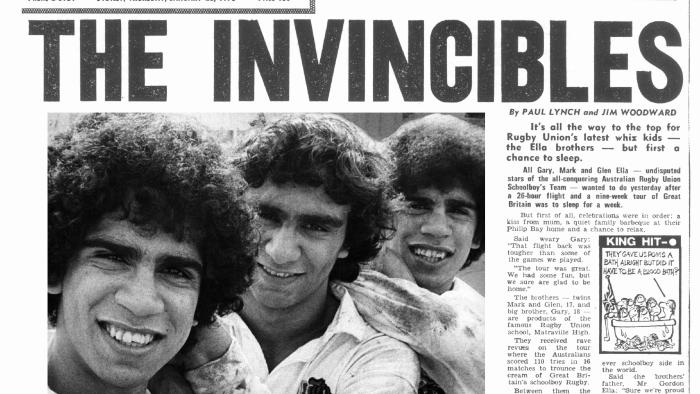
Big noise: Page 1 of the Sydney Herald
And then came the ‘big one’ at Twickenham when alas the fog descended, and it was virtually impossible to view the action. The match had to be played because Australia were booked on the ferry to Holland the following morning but Mark Ella nearly endangered that when he hoisted a bomb early on – his first kick out of hand in tour – just for a laugh but was quickly told the match would be abandoned if there was any more of such nonsense. Rubbish weather or not, nothing could stop the Aussies though and they had no trouble in running home seven tries.
When the squad arrived back home in Sydney, via a final game in Holland, some were reportedly a tad disappointed not to find a write up of the tour in the schools sport section of the Sydney Herald. It was only sometime later that some turned to the front page – and the 72pt headline ‘Invincibles Return’ – that they realised the full impact the tour had made.


British and Irish Lions
Charlie Elliott: The 17 backs I would select for the British and Irish Lions

British and Irish Lions
Charlie Elliott: The 21 forwards I would select for the British and Irish Lions squad



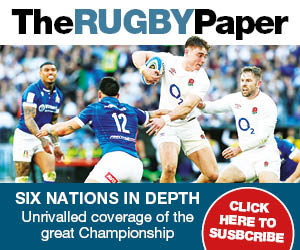

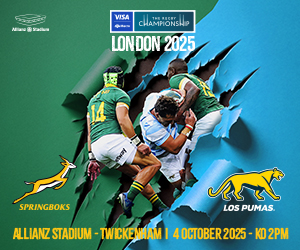


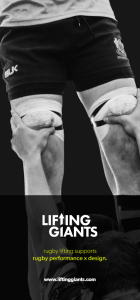








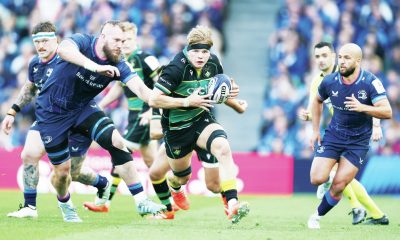

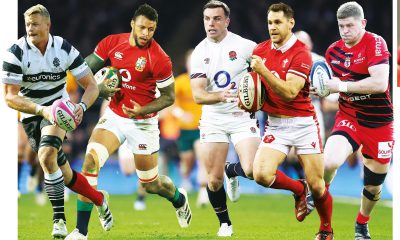

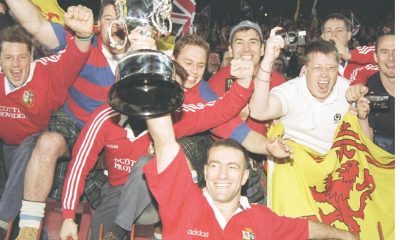



You must be logged in to post a comment Login